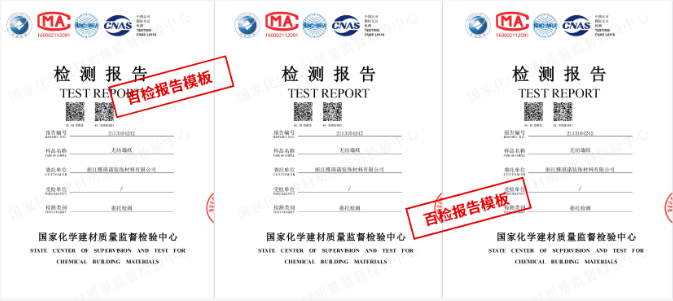
本文主要列举了关于结构胶合板的相关检测方法,检测方法仅供参考,如果您想针对自己的样品定制试验方案,可以咨询我们。
1. Visual inspection: Visual inspection is a basic method to detect structural plywood, which involves examining the appearance and surface quality of the plywood for any defects such as delamination, cracks, or voids.
2. Moisture meter test: This test involves using a moisture meter to measure the moisture content of the structural plywood. Excessive moisture can lead to warping, swelling, and other issues.
3. Thickness measurement: Measuring the thickness of the structural plywood can help ensure that it meets the specified dimensions and requirements.
4. Adhesive bond strength test: This test evaluates the strength of the adhesive bond used in the structural plywood by subjecting it to a specific force or stress.
5. Formaldehyde emission test: This test is performed to detect the level of formaldehyde emissions from the structural plywood, as excessive formaldehyde can pose health risks.
6. Impact resistance test: Impact resistance testing is carried out to assess the resistance of structural plywood to impact or sudden force.
7. Shear strength test: This test evaluates the shear strength of the structural plywood by applying a force parallel to the surface of the plywood.
8. Flexural strength test: The flexural strength test measures the ability of structural plywood to withstand bending or flexing without breaking.
9. Thermal conductivity test: This test determines the thermal conductivity of the structural plywood, which is essential for assessing its insulating properties.
10. Scratch resistance test: The scratch resistance test is conducted to evaluate how well the surface of the structural plywood can withstand scratching or marking.
11. Chemical resistance test: Chemical resistance testing assesses the resistance of structural plywood to various chemicals and substances that it may come into contact with.
12. X-ray inspection: X-ray inspection is a non-destructive testing method that can be used to detect internal defects or irregularities in the structural plywood.
13. Ultrasonic testing: Ultrasonic testing involves the use of high-frequency sound waves to detect defects or inconsistencies in the structure of the plywood.
14. Accelerated aging test: This test simulates the effects of long-term exposure to environmental factors such as sunlight, humidity, and temperature on the structural plywood.
15. Fire resistance test: Fire resistance testing evaluates the ability of structural plywood to withstand exposure to fire and high temperatures.
16. Dimensional stability test: The dimensional stability test measures the extent to which the structural plywood maintains its original dimensions over time and under different conditions.
17. Static bending test: The static bending test assesses the strength and flexibility of structural plywood by subjecting it to a specific bending force.
18. Peel strength test: The peel strength test evaluates the strength of the bond between the structural plywood and any attached veneers or overlays.
19. Deflection test: The deflection test measures the extent to which the structural plywood bends or flexes under a specific load.
20. Accelerated weathering test: This test assesses the durability and weather resistance of structural plywood by subjecting it to accelerated aging conditions.
检测流程步骤

温馨提示:以上内容仅供参考使用,更多检测需求请咨询客服。


